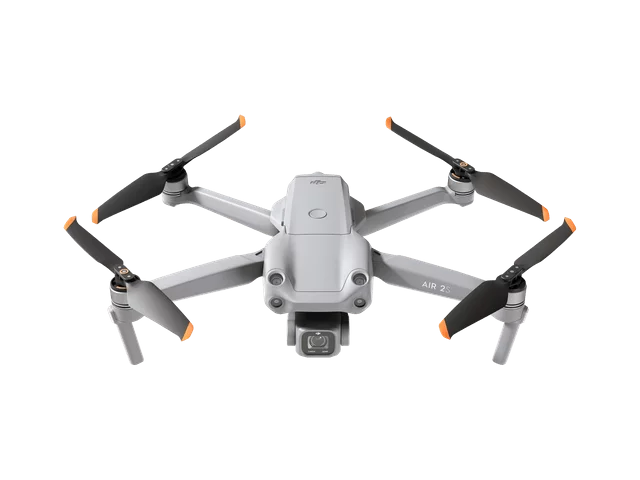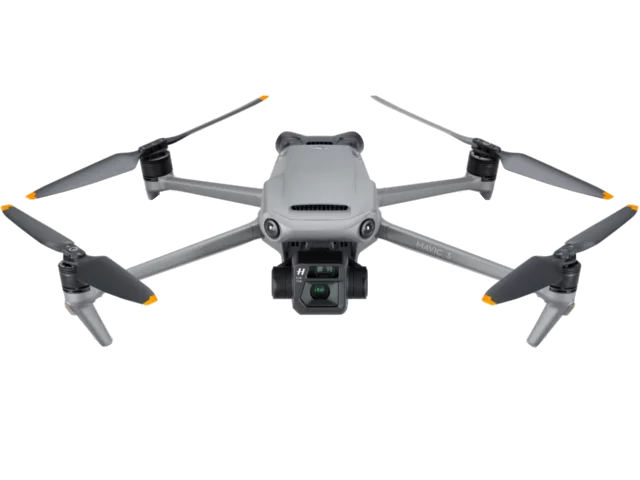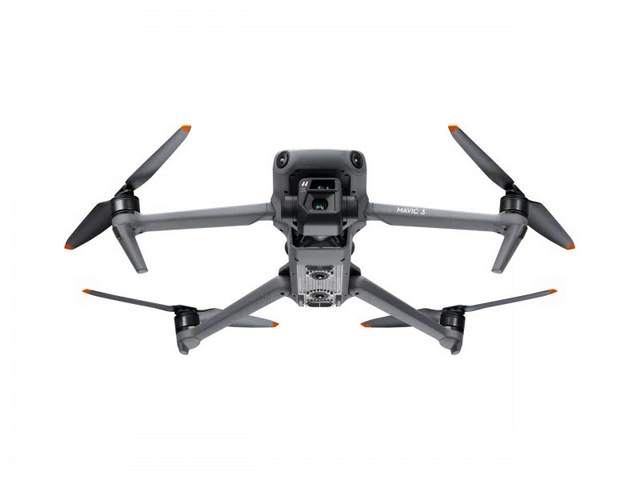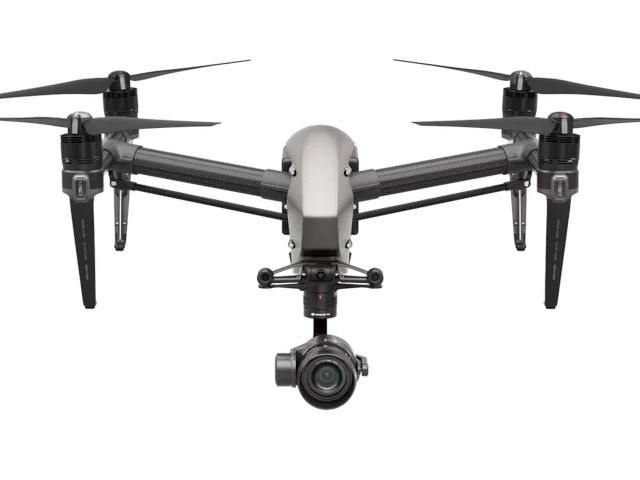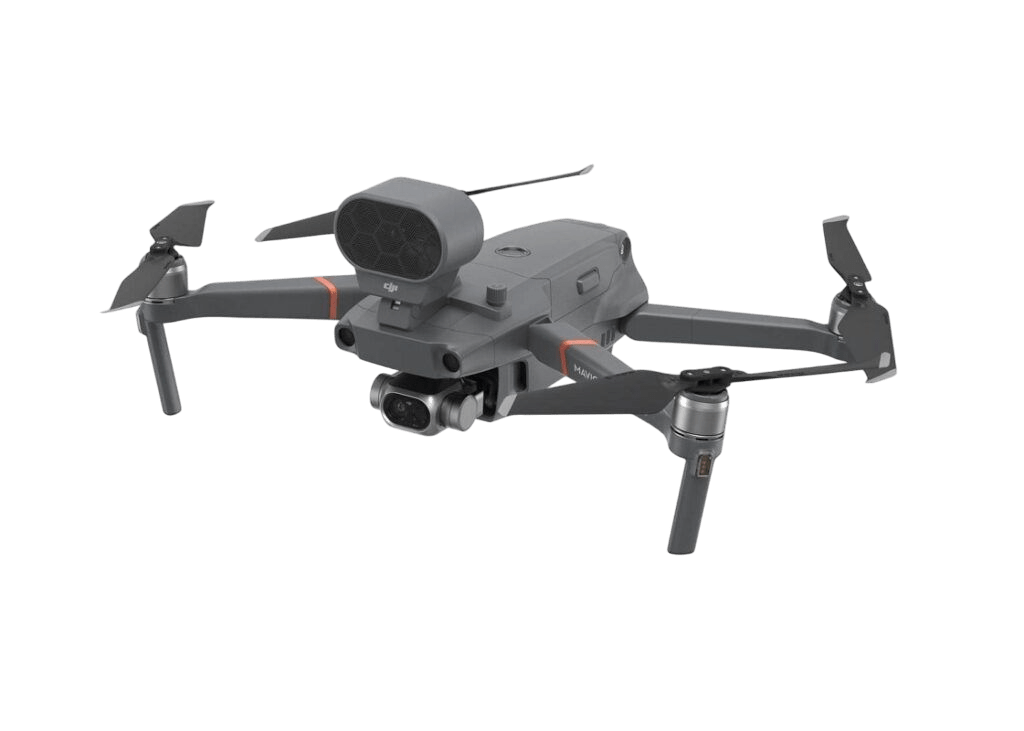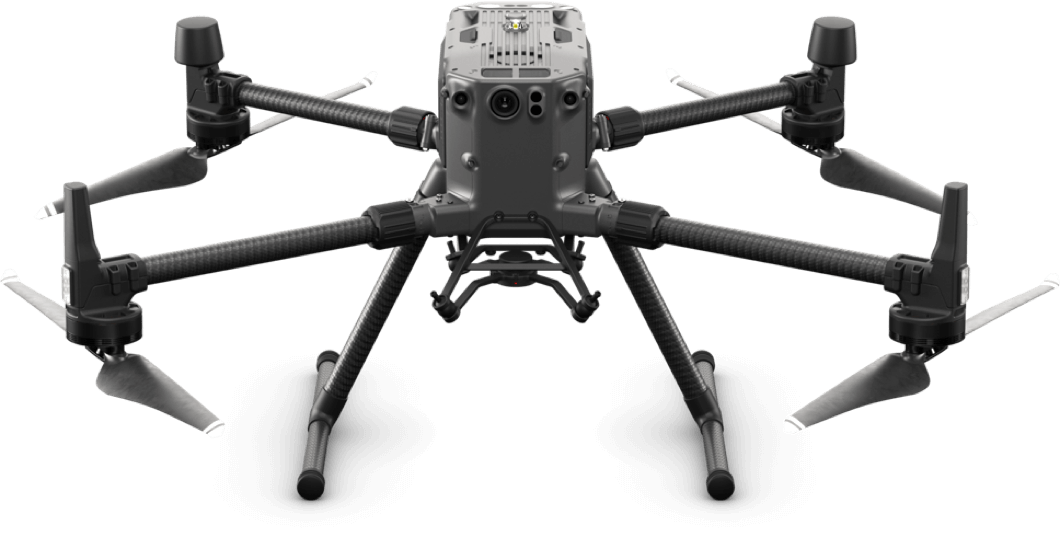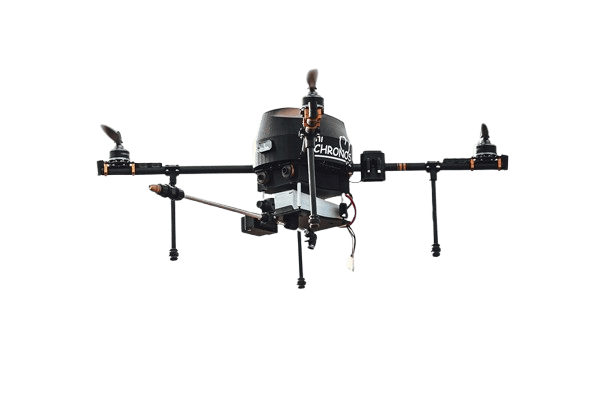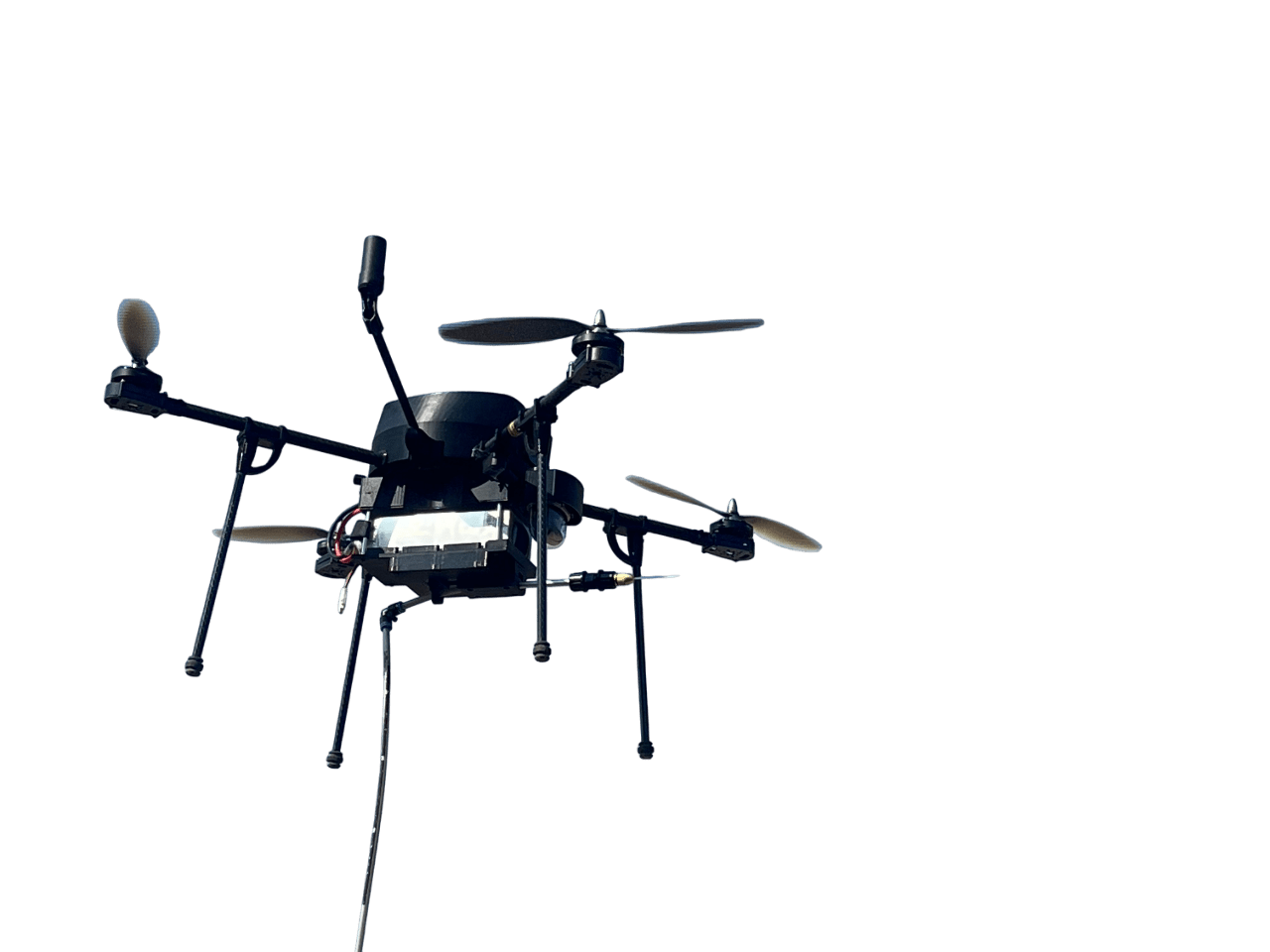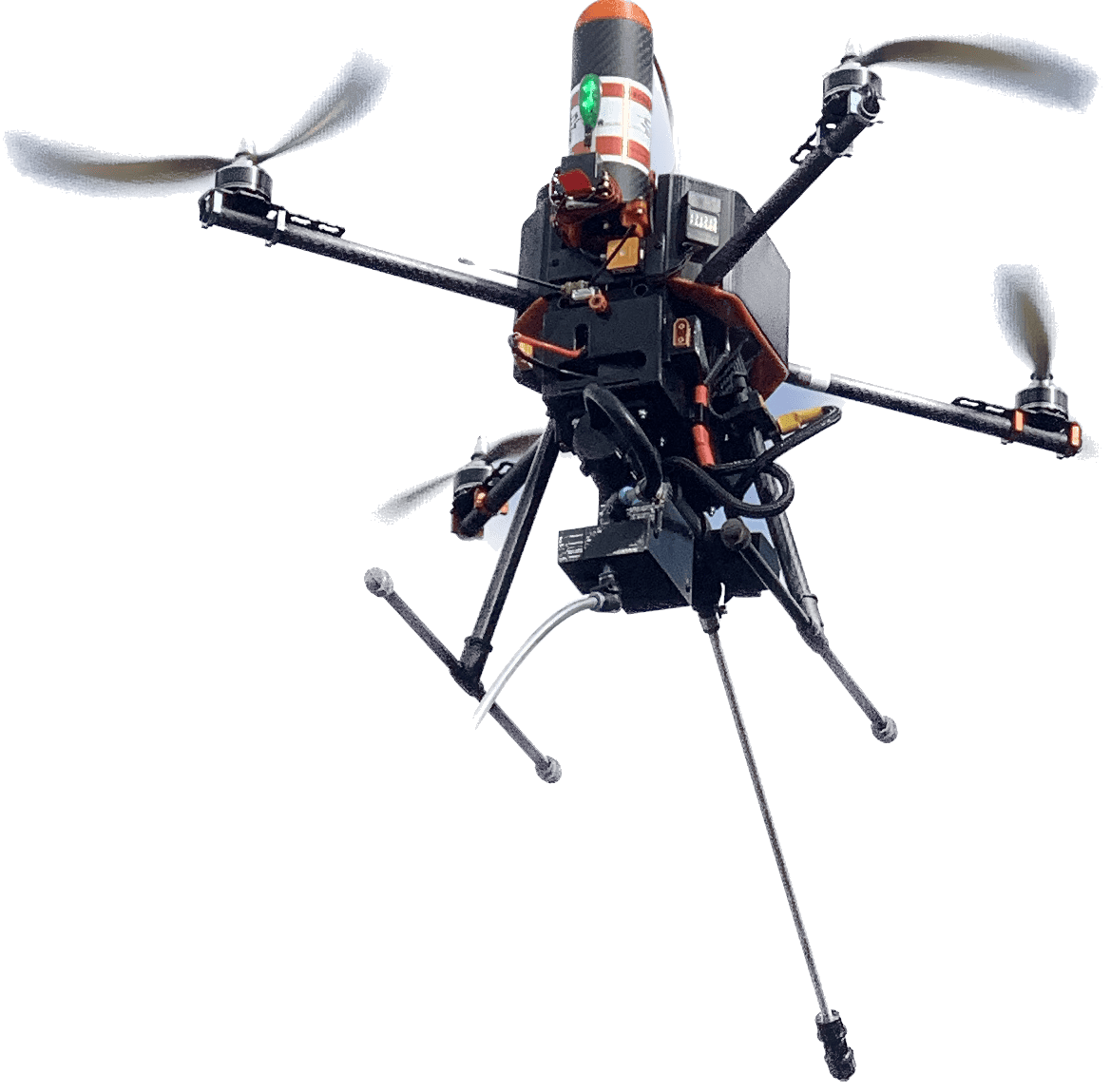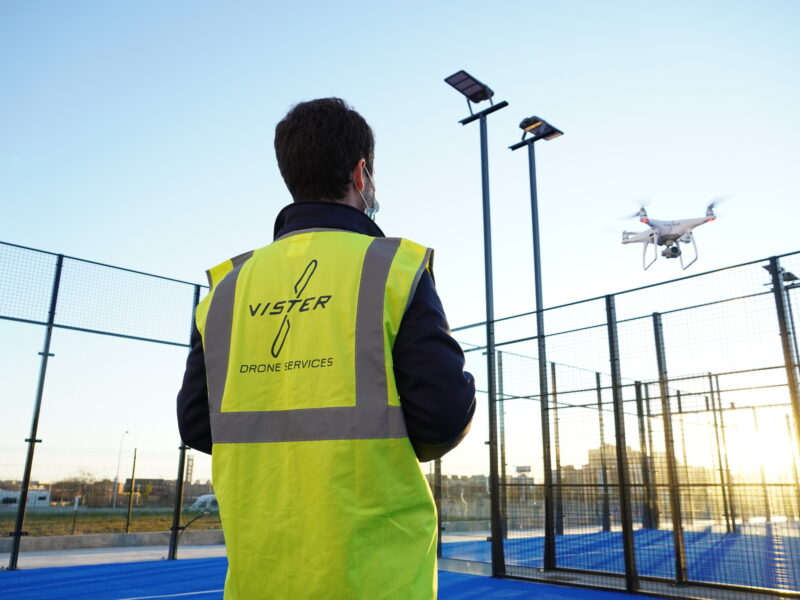01.
Who is the drone pilot course for?
The Drone Pilot training course, classified according to open categories (A1, A2, A3) and specific categories (STS-01 and STS-02), is designed for those seeking to obtain the necessary certification to work as remote Systems operators. Unmanned Aerial Vehicles (UAS).
Upon completing this course, you will obtain the certificate of competence corresponding to the category, valid for both commercial and recreational operations, up to a weight of 25 kg, and applicable in Spanish or European Union territory.
02.
Is it necessary to have prior studies to enroll in the drone pilot course?
No minimum studies or prior training are required to participate in this course.
03.
With the STS ES 01 and STS ES 02 course, could I fly my drone out of visual range?
Yes, the STS specific category certificate under the STS-ES-02 scenario allows flight outside the operator’s visual range, subject to the specific regulatory and equipment requirements of said flight scenario.
04.
Do I need to insure my aircraft to be able to fly with my drone?
For unmanned aircraft with a maximum take-off mass of less than 20 kg, Member States may require the insurance they consider appropriate through national legislation.
In the case of Spain, during a transitional period until the publication of the Royal Decree UAS:
An insurance policy must be taken out to cover civil liability against third parties for damages that may arise during and as a result of the execution of each flight performed, both for recreational and professional purposes.
After the publication of the UAS Royal Decree, what is indicated above will be modified based on the provision of AESA and what it determines in this case. Likewise, before flying in other Member States it is advisable to check the need to have an insurance policy.
05.
In the open category, do drones weighing less than 250 grams need to have insurance?
Civil liability insurance is mandatory for all drones, whether for recreational or professional use, according to current legislation.
The only exception is UAS considered as toys, that is, those that weigh less than 250 grams and/or lack a sensor to capture personal data.
However, if they weigh 200 grams but have a camera, then liability insurance is required.
06.
What are the distinctions between recreational flying and professional flying?
Recreational flights are those carried out without commercial purpose, that is, without receiving financial compensation. Recreational flights are considered to be those practiced as a hobby, for private purposes and exclusively in open environments, at an altitude of less than 120 meters.
On the other hand, professional drone flights have a commercial purpose, involve the provision of a service and must be carried out by certified drone pilots, according to current regulations.
Unlike recreational flying, professional flying can be carried out in CTR or restricted scenarios in some cases, while recreational flying is prohibited in such areas under any circumstances.
07.
What does it mean to operate in the open category?
To carry out operations in the open category, it is a requirement that the drone have the class 0, 1, 2, 3 or 4 identification label.
In the case of privately built drones, their weight should not exceed 25 kg. If the drone was purchased before January 1, 2023 and lacks an identification label, its use on people is not permitted, unless its weight is less than 250 g.
It is imperative to keep the drone within line of sight (VLOS), and in situations where this is not feasible, the pilot will need to be assisted by a spotter.
The maximum permitted flight altitude is 120 m.
In the open category, it is prohibited to transport dangerous goods and throw any type of material.
08.
Is it possible to carry out flights in a CTR within the open category with prior coordination with the airport, or would it be classified as a specific category?
Any flight that is carried out in coordination with the airport is classified as a specific category, since it implies greater operational risk. It is essential to keep in mind that, to carry out flights in coordination with the airport, it is necessary to have the Radio Operator Course.
09.
In the urban context, is it possible to carry out flights in the open category?
Yes, flights are allowed in the open category without restrictions, according to the designated zones on Enaire (the white areas on the map).
If you plan to carry out a recreational flight with a drone weighing less than 250 grams, whether in an urban environment or not, it is not necessary to apply for permits from AESA.
Open category flights must always be carried out within the pilot’s line of sight (VLOS), during the day and at a maximum altitude of 120 meters.
In summary, those who aspire to practice professional drone piloting should keep in mind that failure to comply with current regulations can lead to significant penalties and carry the risk of causing harm to third parties.
At Vister, we offer Aeronautical Consulting services to provide you with guidance if necessary. Contact us at 628038844 or send an email to info@vister.es.


